Search
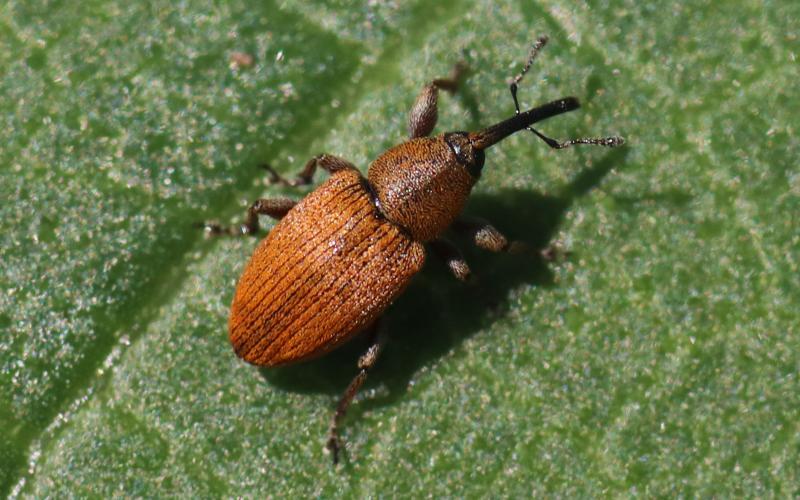
Red Sunflower Seed Weevil Populations Are Active in South Dakota
Red sunflower seed weevils are active in South Dakota sunflowers. Scouting should begin for fields that are going to be reaching the R5 stage within the next week.

Wheat Streak Mosaic Virus Management Before Planting
Wheat streak mosaic virus is one of the important diseases in winter wheat and can lead to severe yield losses. Learn how it can be effectively mitigated by using proactive management in your fields.

Drought and Heat Effects on Corn Production
Nearly every season in South Dakota there are periods of hot, dry weather in at least parts of the state. While we have no control over the weather, producers can prepare for drought stress by using proactive practices.
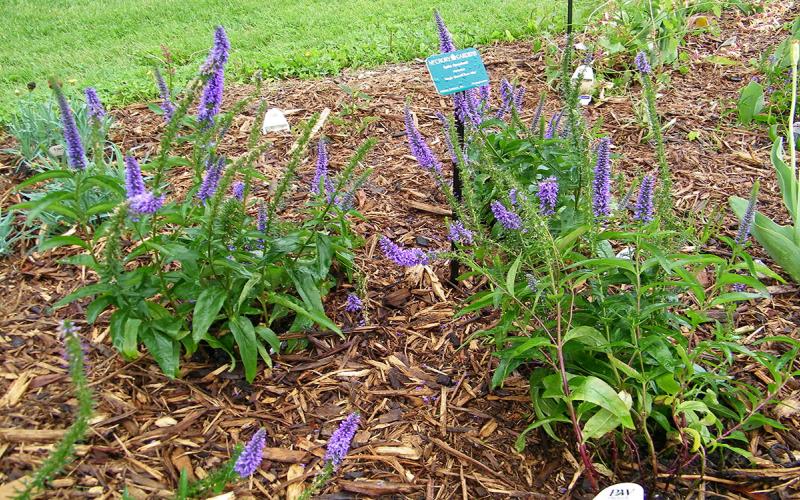
Veronicas Add Variety to Your Perennial Garden
Veronicas offer gardeners a wide array of perennial plants to work into many different landscaping niches in the garden. Many are hardy in South Dakota, withstanding our cold winters as well as heat and drought.
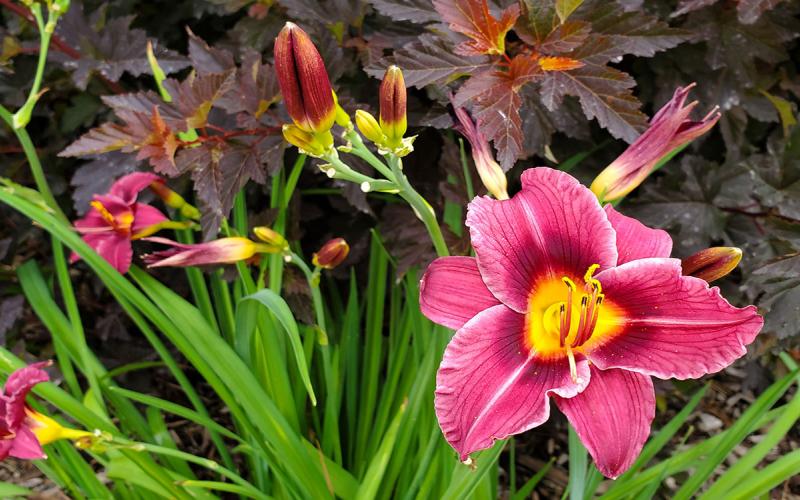
Daylily: A Summer Showstopper
Daylilies (Hemerocallis) are one of America’s favorite flowers with good reason. They are easy to grow and adaptable to just about any garden location. Learn how to select, grow and care for them in your garden!
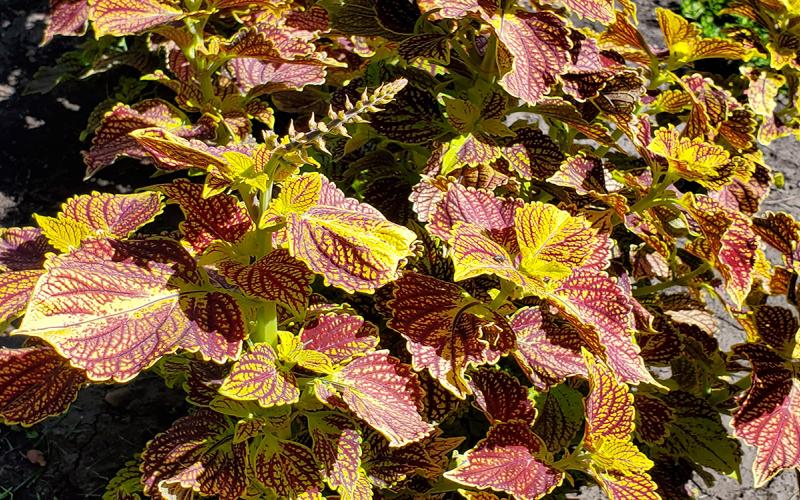
Coleus: A Color for Every Garden
Coleus have long been a great plant for gardens, generally grown as foliage plants that offer a huge variety of foliage colors, and can be grown in a variety of soils in part-shade to sun.
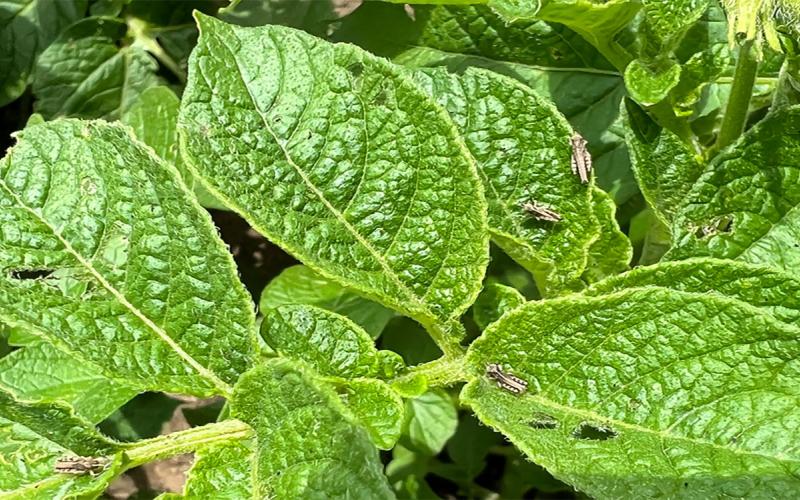
Grasshopper Populations Increasing in South Dakota
Large populations of grasshopper nymphs have been a common observation this year. One concern regarding these populations is that, as the season progresses and they continue to grow, they will need additional resources.
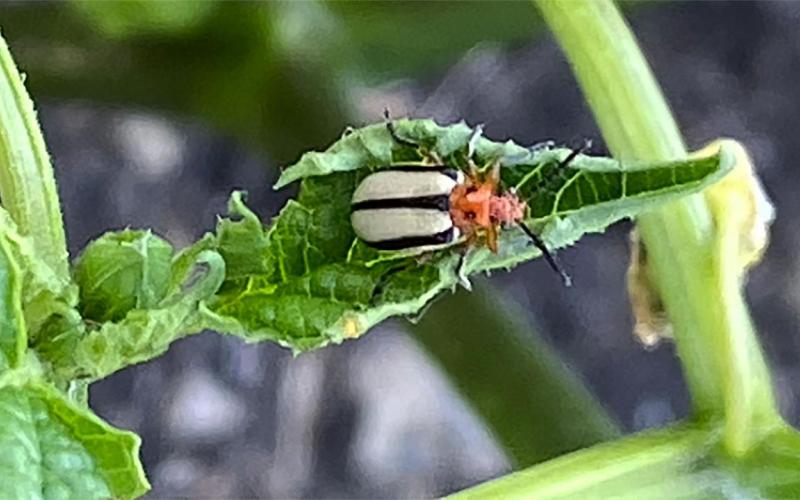
Three-Lined Potato Beetles Are Eating My Tomatillos!
Three-lined potato beetles can cause issues in tomatillos, ground cherries, potatoes, and tomato plants Learn how to identify and manage them before they impact your garden produce.
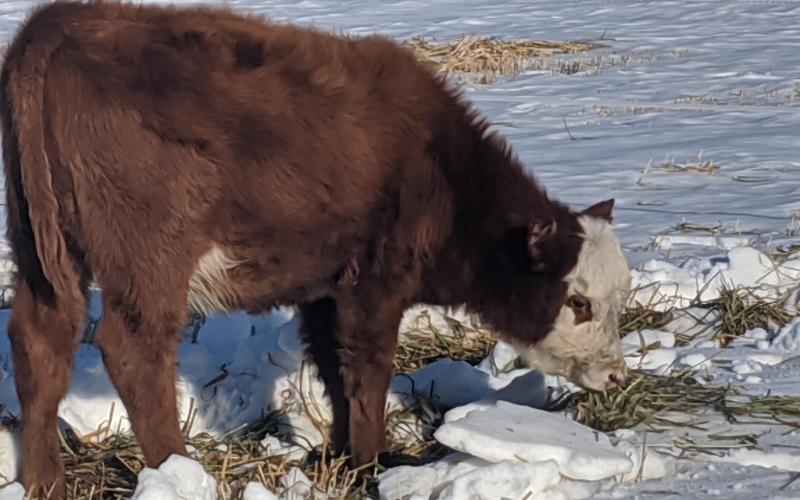
Opportunities for Swath Grazing in South Dakota
Fact sheet on the opportunities for Swath Grazing in South Dakota
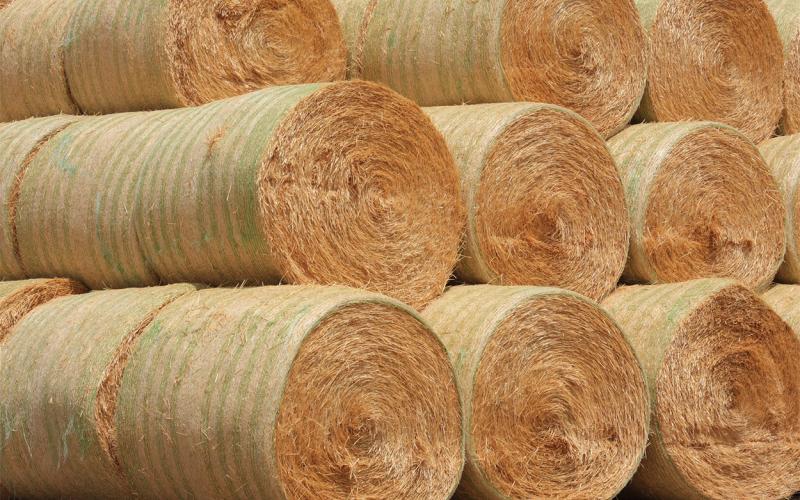
Cost-effective and Balanced Cow Rations
Before buying "cheap" feed, it is important to ensure that it will be cost-effective when creating balanced rations for the winter. Learn some things to consider before purchasing.